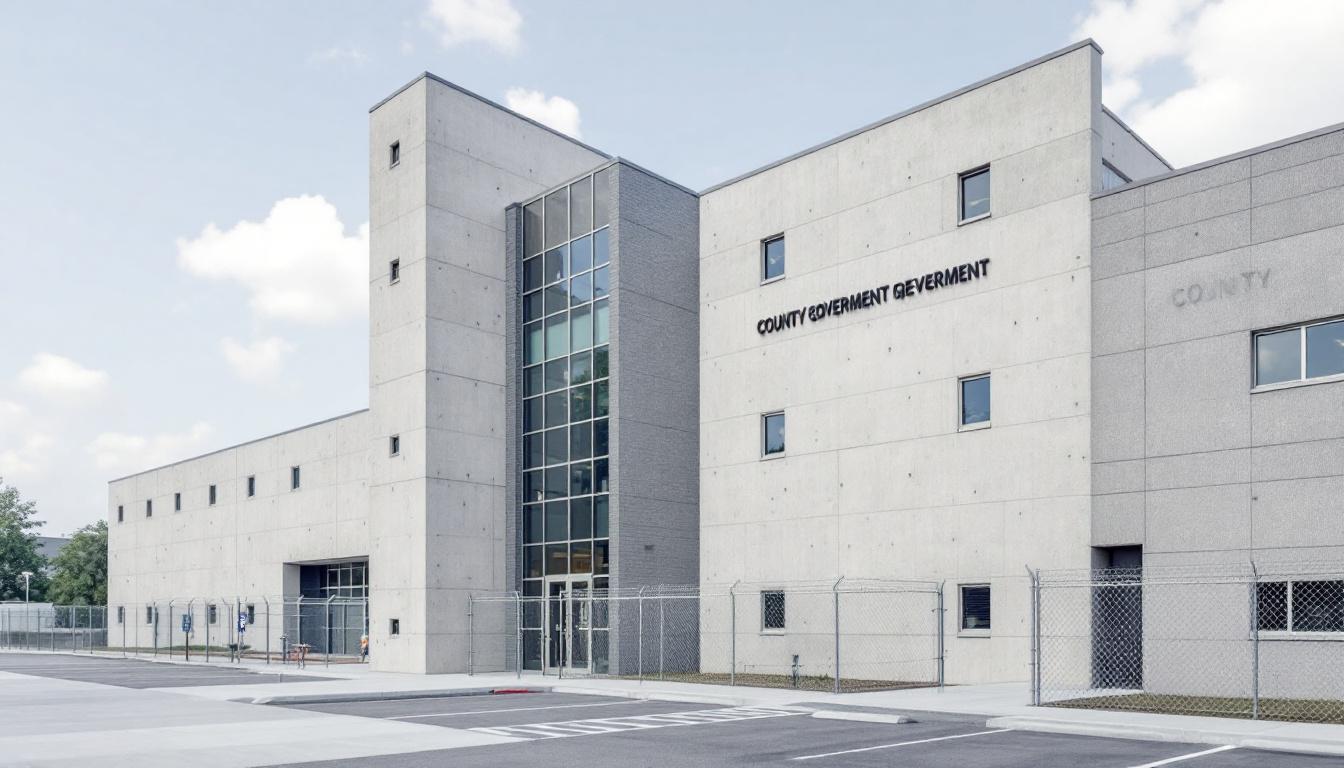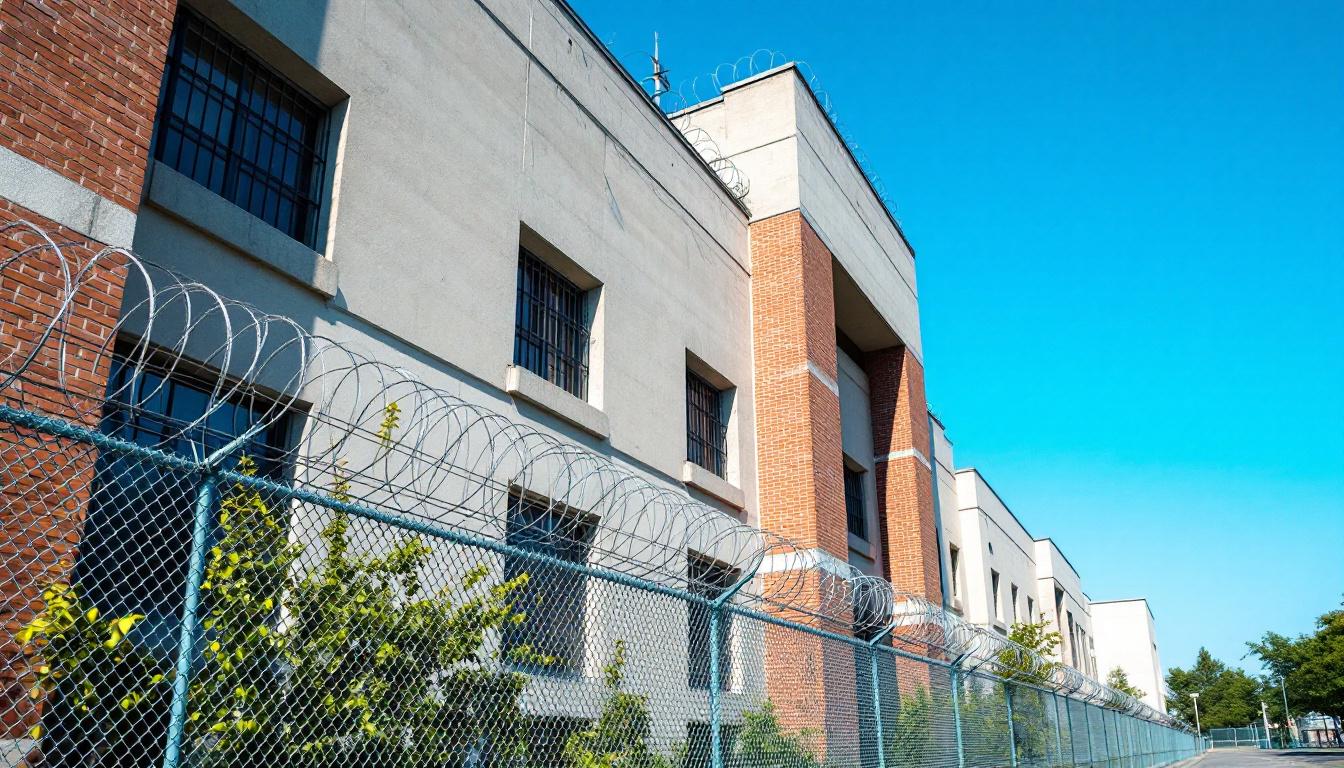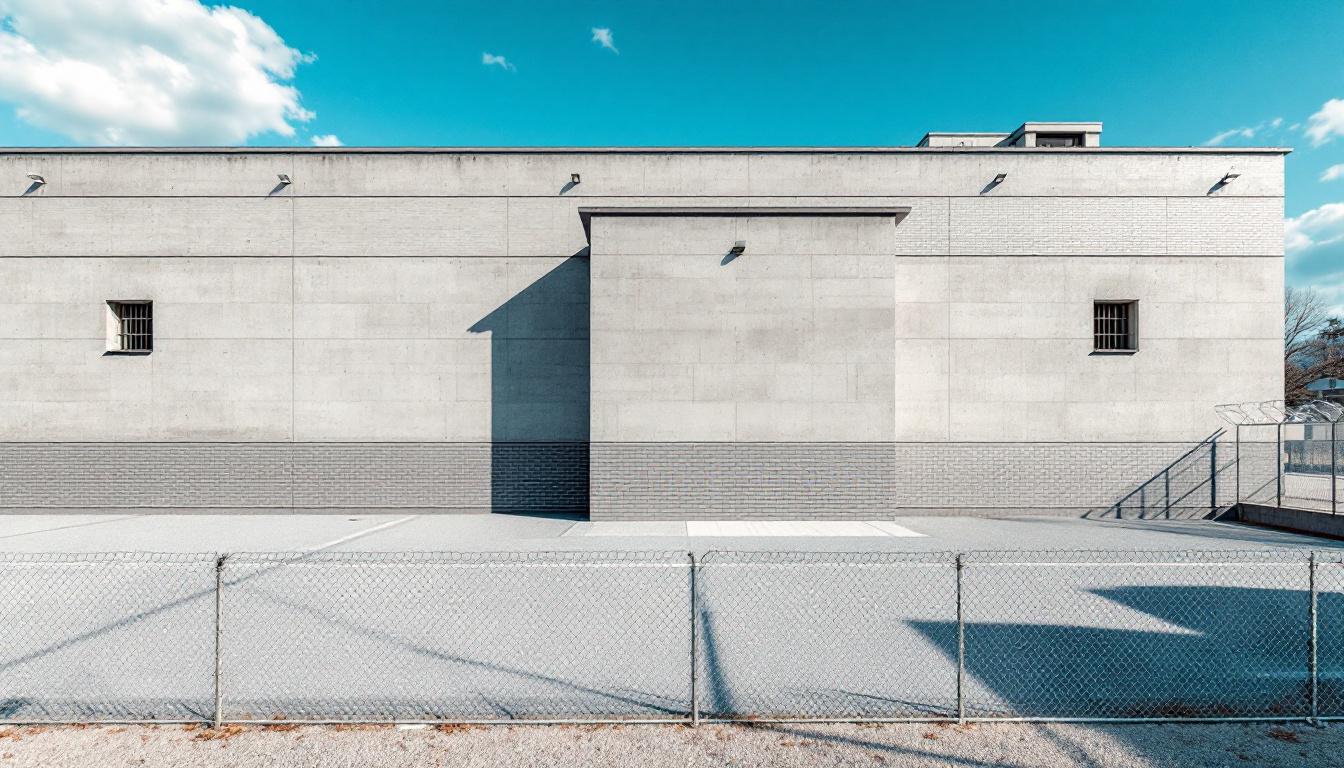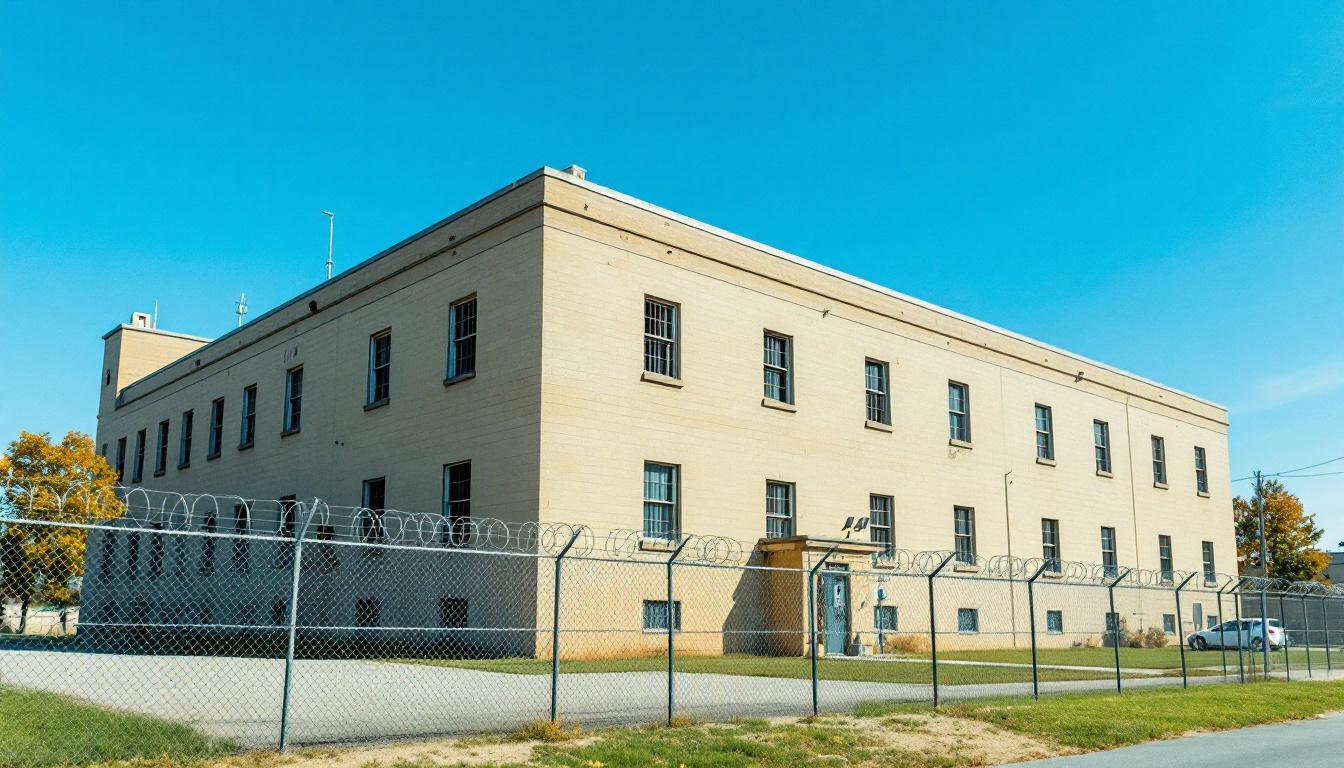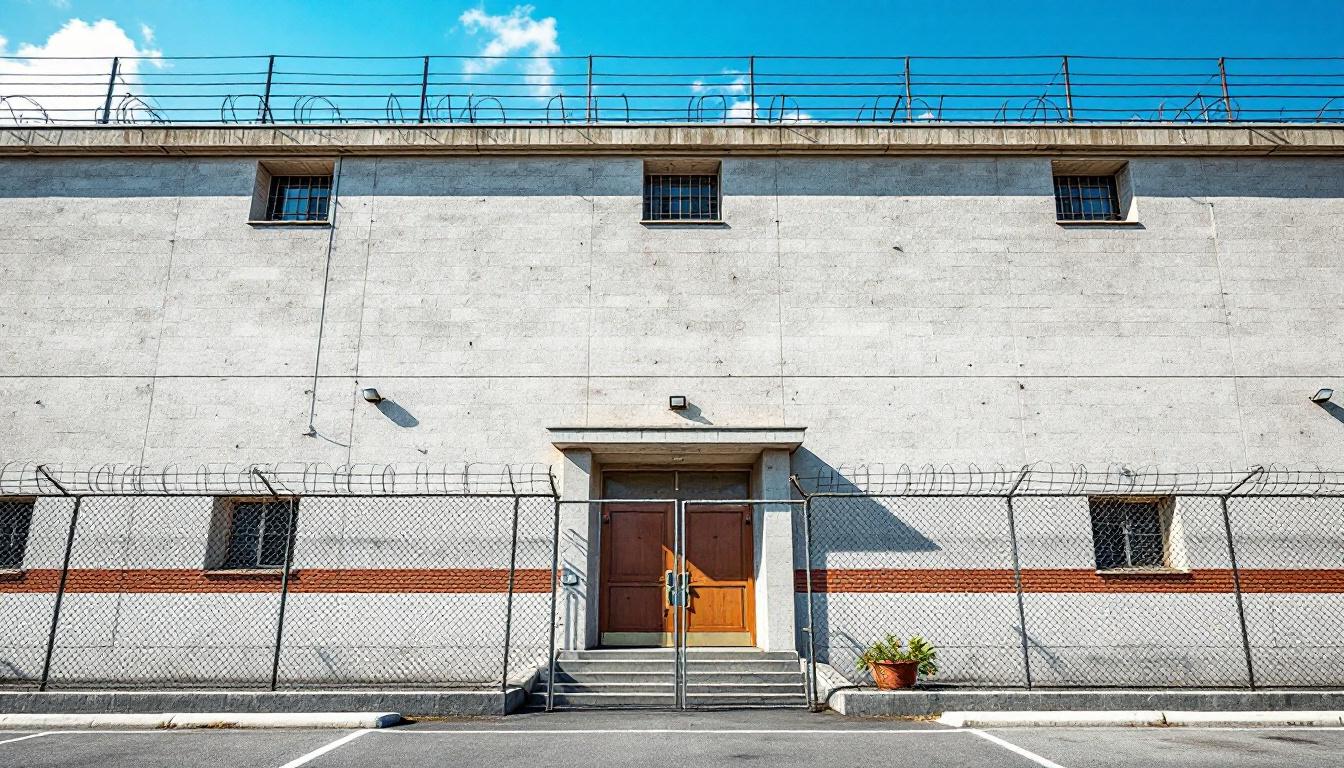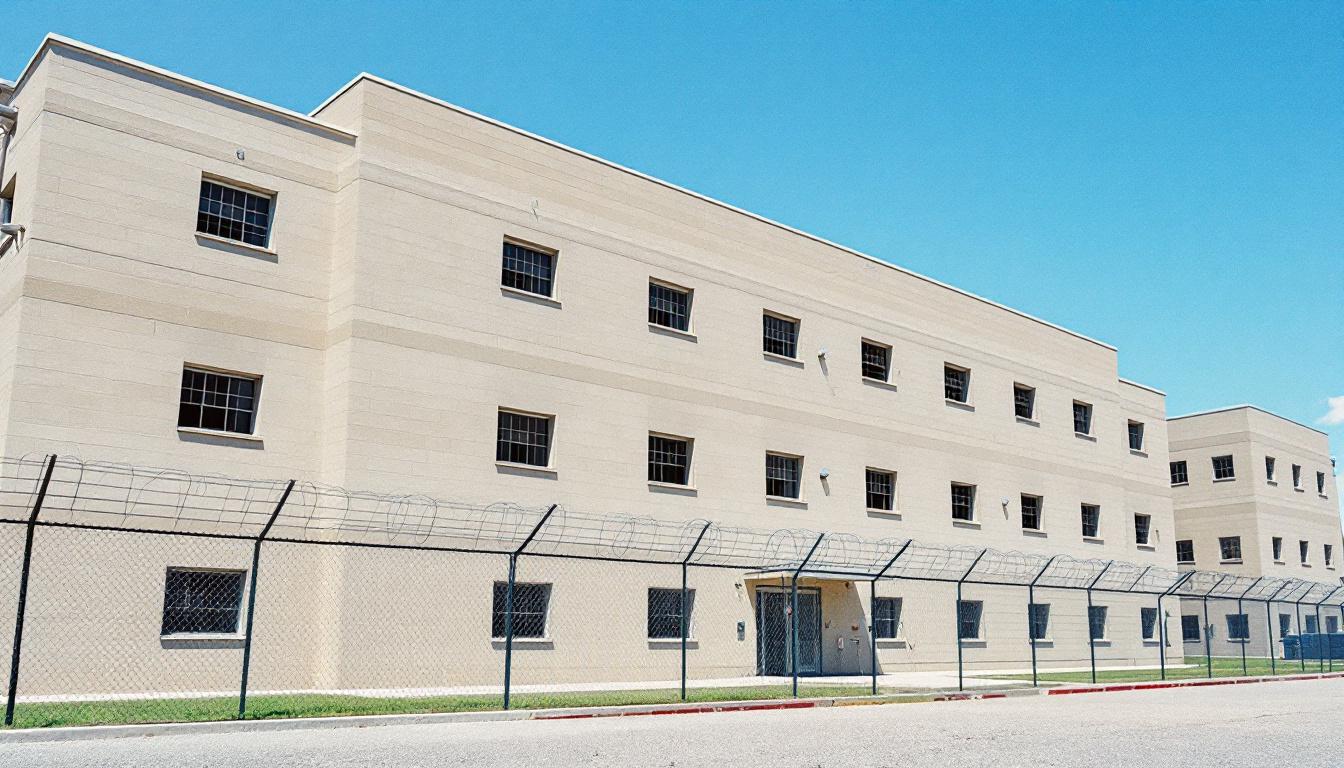
Quick Navigation
How to contact an inmate at IAH Secure Adult Detention Center
This comprehensive guide will walk you through how to connect with an inmate at IAH Secure Adult Detention Center. Follow the steps below to find an inmate and send letters and photos:
- Search for the inmate using our search tool below
- Create your account or log in to Penmate
- Write your message (up to 6,000 characters)
- Send instantly - inmates receive printed copies daily
Find an Inmate
Search for an inmate to start communicating today
Tip: You can search by first name, last name, or inmate ID number
To contact a person at IAH Secure Adult Detention Center start by searching for the person on the official facility website. Perform a search by following these steps:
- Step 1: Enter their first name and last name into the search form and click "Search"
- Step 2: Locate their inmate record
- Step 3: Write down their Inmate ID and any housing information provided
Important! Be sure to enter the person's full name. Nicknames should not be used.
How to Send Messages to Inmates

You can use your phone or computer to send emails, letters, and photos to an inmate. Messages are sent electronically to inmate tablets or kiosks at the facility. If you would like to send a message, start by searching for an inmate at IAH Secure Adult Detention Center.
Sending Photos and Postcards

A great way to send love and support to a loved one at IAH Secure Adult Detention Center is to send photos and postcards. It only takes a few minutes to send photos from your phone and it makes a huge difference. You can also mail postcards with words of support and inspiration, or design your own postcard for special moments like birthdays and holidays.
Important! Be sure not to send any explicit photos or they may not be approved by the facility. You can also use a photo printing app like Penmate to make sure your photos are printed at the correct size (4x6 or 3x5) and are mailed according to the rules and regulations of IAH Secure Adult Detention Center.
Frequently asked questions about IAH Secure Adult Detention Center
-
How long does it take to deliver a message?
If you're sending an email message your letter is usually delivered within 24-48 hours. For messages sent via mail you should expect delivery within 3-7 days. All messages will need be approved by IAH Secure Adult Detention Center.
-
How much does it cost to send a message to IAH Secure Adult Detention Center?
You can send a message free using your phone or mail a message via USPS for the price of a $0.60 stamp and envelope. You can also purchase credits or e-stamps from services starting at $1.99.
-
What services can I use to contact an inmate at IAH Secure Adult Detention Center?
Penmate
You can use Penmate to send letters and photos to an inmate from your phone. It's an easy way to stay in touch during your loved one's incarceration. Use the inmate locator to find an inmate's location and contact information, then you can send messages within a few minutes.
Securus messaging
Securus may be another option for communicating with an inmate at IAH Secure Adult Detention Center. You can create a friends and family account and purchase credits to send messages. All messages will be reviewed and must be approved by the facility.
JPay
Some county jails and state prisons may support sending messages with JPay. You must register an account with the system, find your loved one, and purchase stamps to send messages. For some locations you can also attach photos.
Smart Jail Mail
You may also check if Smart Jail Mail is available at IAH Secure Adult Detention Center. Smart Jail Mail is operated by Smart Communications and has contracted with some state and county jails. After purchasing credits, your messages and photos are sent to the facility, printed out, and then handed out to your loved one.
-
What is the mailing address of IAH Secure Adult Detention Center?
Mailing address:
IAH Secure Adult Detention Center
3400 FM 350
Livingston, TX 77351
Phone: (936) 967-8000Business hours:
- Monday: 8:00 AM – 5:00 PM
- Tuesday: 8:00 AM – 5:00 PM
- Wednesday: 8:00 AM – 5:00 PM
- Thursday: 8:00 AM – 5:00 PM
- Friday: 8:00 AM – 5:00 PM
- Saturday: 8:00 AM – 5:00 PM
- Sunday: 8:00 AM – 5:00 PM
-
What are the visiting hours at IAH Secure Adult Detention Center?
Visiting hours at IAH Secure Adult Detention Center vary by housing unit and security level. Generally, visits are scheduled on weekends and holidays, with some facilities offering weekday visits. Contact the facility directly at (936) 967-8000 or check their website for the current visiting schedule. Visits typically last 30-60 minutes and must be scheduled in advance.
-
What items are prohibited when sending mail to IAH Secure Adult Detention Center?
Prohibited items typically include: cash, personal checks, stamps, stickers, glitter, glue, tape, staples, paperclips, polaroid photos, musical or blank greeting cards, hardcover books, magazines with staples, and any items containing metal or electronics. Only send letters on plain white paper with blue or black ink. Photos must be printed on regular photo paper (no Polaroids). Always check with IAH Secure Adult Detention Center for their specific mail policies.
-
How do I send money to an inmate at IAH Secure Adult Detention Center?
You can send money to an inmate at IAH Secure Adult Detention Center through several methods: 1) Online using JPay, Access Corrections, or the facility's approved vendor, 2) Money orders mailed directly to the facility with the inmate's name and ID number, 3) Kiosks located in the facility lobby, or 4) Over the phone using a credit or debit card. Fees vary by method, typically ranging from $2.95 to $11.95 per transaction.
-
Can I schedule a video visit with an inmate at IAH Secure Adult Detention Center?
Many facilities now offer video visitation as an alternative to in-person visits. At IAH Secure Adult Detention Center, video visits may be available through services like Penmate, Securus Video Connect, GTL, or ICSolutions. Video visits typically cost $10-20 for 20-30 minutes and must be scheduled in advance. You'll need a computer or smartphone with a camera and reliable internet connection. Contact the facility for their specific video visitation policies and approved vendors.
-
What identification do I need to visit an inmate at IAH Secure Adult Detention Center?
All visitors must present valid government-issued photo identification such as a driver's license, state ID, passport, or military ID. Minors must be accompanied by a parent or legal guardian who can provide the minor's birth certificate. Some facilities require visitors to be on the inmate's approved visitation list, which may require a background check. Contact IAH Secure Adult Detention Center for specific ID requirements and visitor approval procedures.
-
How can I find out an inmate's release date?
To find an inmate's release date at IAH Secure Adult Detention Center, you can: 1) Use the online inmate search tool if available, 2) Call the facility's records department, 3) Contact the inmate's case manager or counselor, or 4) Have the inmate provide this information during a call or visit. For privacy reasons, some facilities only release this information to immediate family members.
Facility Overview
Contact Information
IAH Secure Adult Detention Center3400 FM 350
Livingston, TX 77351
Phone: (936) 967-8000
Official Website

About IAH Secure Adult Detention Center
Serving as a crucial component within Texas's broader correctional infrastructure, the Iah Adult Detention Facility, TX operates with a fundamental mission to maintain secure custody while fostering pathways toward successful community reintegration. Located in Livingston, Texas, this TX correctional facility functions within a region where community partnerships typically play an essential role in supporting comprehensive correctional services and post-release planning initiatives.
The facility's operational framework generally emphasizes structured daily routines designed to maintain institutional security while providing those incarcerated services that may include educational programming, vocational training opportunities, and behavioral intervention initiatives. Through collaboration with local community organizations and service providers in the Livingston area, the detention center often works to establish connections that can support individuals both during their incarceration period and as they prepare for eventual release. These partnerships may encompass substance abuse counseling, job readiness training, and family reunification support services that recognize the interconnected nature of successful rehabilitation and community stability.
Within Texas's correctional system, facilities like this detention center typically serve multiple functions, including pre-trial detention, sentenced custody, and transitional programming that bridges institutional life with community reentry. The facility's approach to operations generally reflects contemporary correctional practices that balance security requirements with evidence-based programming designed to address underlying factors that contribute to criminal behavior, while maintaining strong connections to the broader Livingston community and regional support networks.
Programs & Services
Personal transformation opportunities await those incarcerated at the Iah Adult Detention Facility, where a comprehensive range of offerings focuses on building essential life skills and fostering meaningful change. The facility's approach emphasizes structure and safety while providing pathways for individuals to develop professionally, spiritually, and personally during their time in custody. These carefully designed opportunities serve as stepping stones toward successful community reintegration, helping participants build confidence and acquire valuable competencies.
Educational and vocational training offerings typically form the cornerstone of skill development at the facility. Those incarcerated may access vocational training programs that focus on practical, marketable skills relevant to today's workforce demands. These structured learning environments often provide hands-on experience in various trades and technical fields. Work programs complement the educational offerings by allowing participants to gain real-world experience while contributing to facility operations, fostering both responsibility and professional development.
In addition to these foundational opportunities, the facility may furnish a diverse array of support services designed to address holistic wellness and personal growth. Faith-based initiatives often provide spiritual guidance and community connection for those seeking this form of support. Physical fitness programs typically promote both mental and physical health, while music programs may offer creative outlets for self-expression and emotional processing. Community service opportunities frequently allow participants to give back while developing civic responsibility, and comprehensive wellness programs often address various aspects of personal development and healthy lifestyle choices.
Daily Life & Visitation
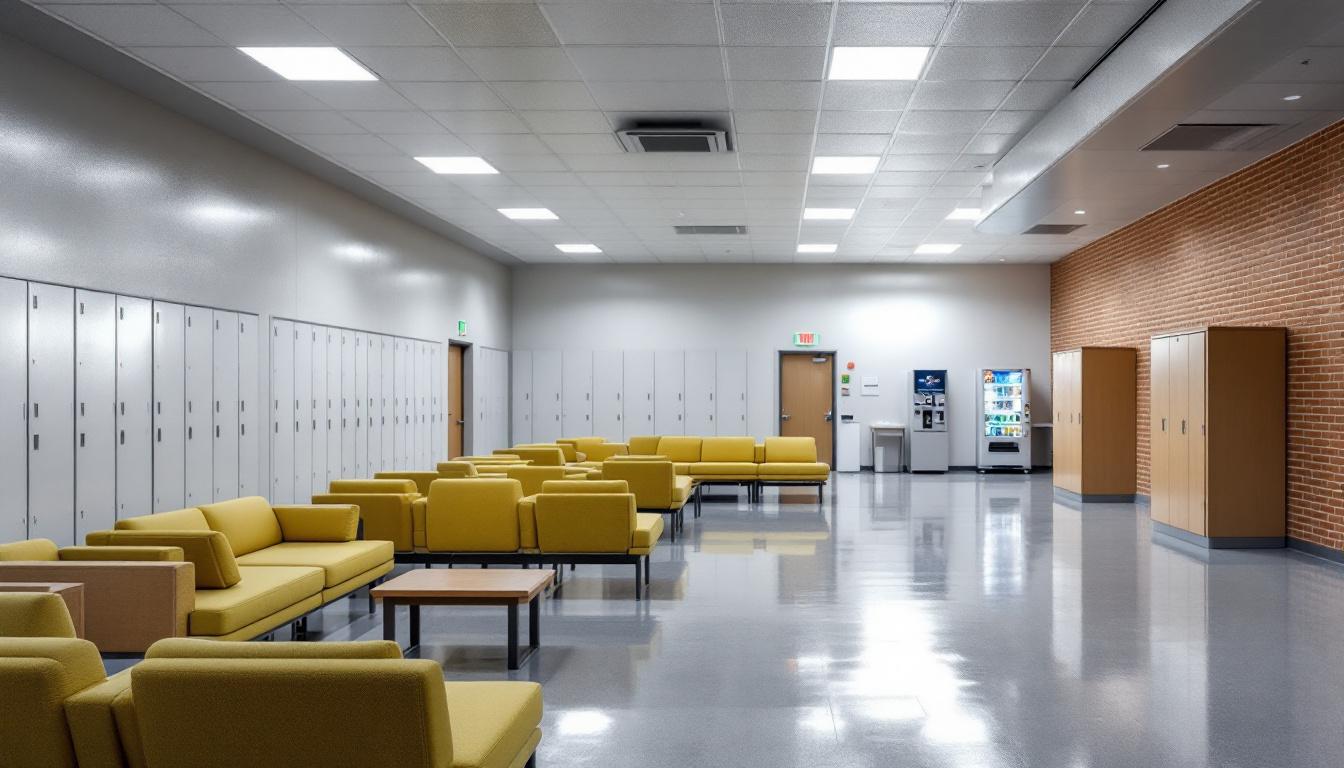
Strong family bonds and community connections often serve as anchors for those incarcerated at this Texas detention facility. The structured environment currently emphasizes maintaining relationships with loved ones while fostering positive interactions among residents. Daily routines continue to revolve around scheduled activities that furnish both structure and opportunities for social engagement.
Living accommodations typically house multiple individuals in dormitory-style units or shared cells, creating natural opportunities for peer support and friendship development. Those incarcerated generally follow established meal schedules in common dining areas, where conversations and social connections flourish during designated eating periods. The facility usually provides recreational activities and exercise opportunities that encourage group participation and teamwork. In addition to this, work assignments within the facility may include kitchen duties, maintenance tasks, or administrative support roles that allow residents to contribute meaningfully to their community.
Communication with family members remains a priority through regular visitation programs and telephone access during specified hours. The facility typically offers programming schedules that may include educational classes, counseling sessions, and group activities designed to maintain social skills and personal development. Despite this structured environment, those incarcerated often find ways to support one another through daily challenges while preparing for eventual reintegration into their home communities. Commissary services generally allow residents to purchase personal items and snacks, which are frequently shared among friends and used to strengthen social bonds within the facility.
Ready to Connect?
Start communicating with your loved one today
Search for an Inmate

